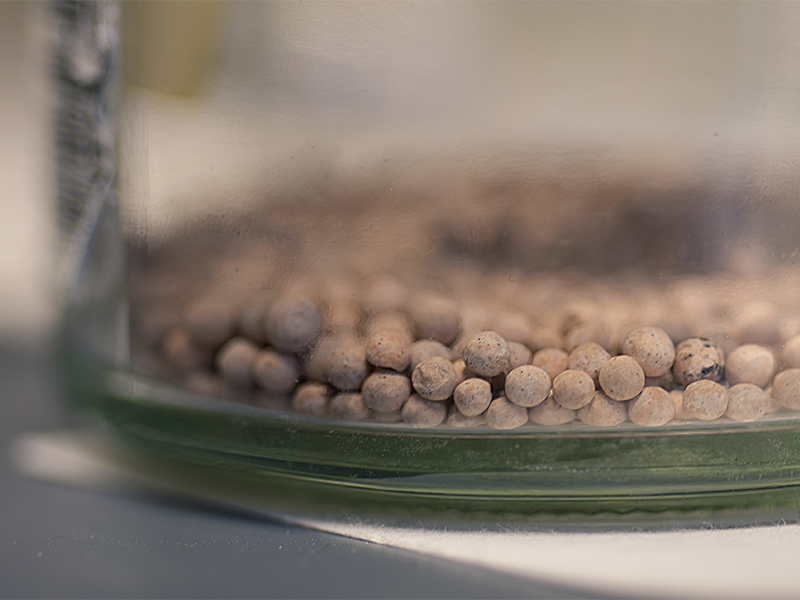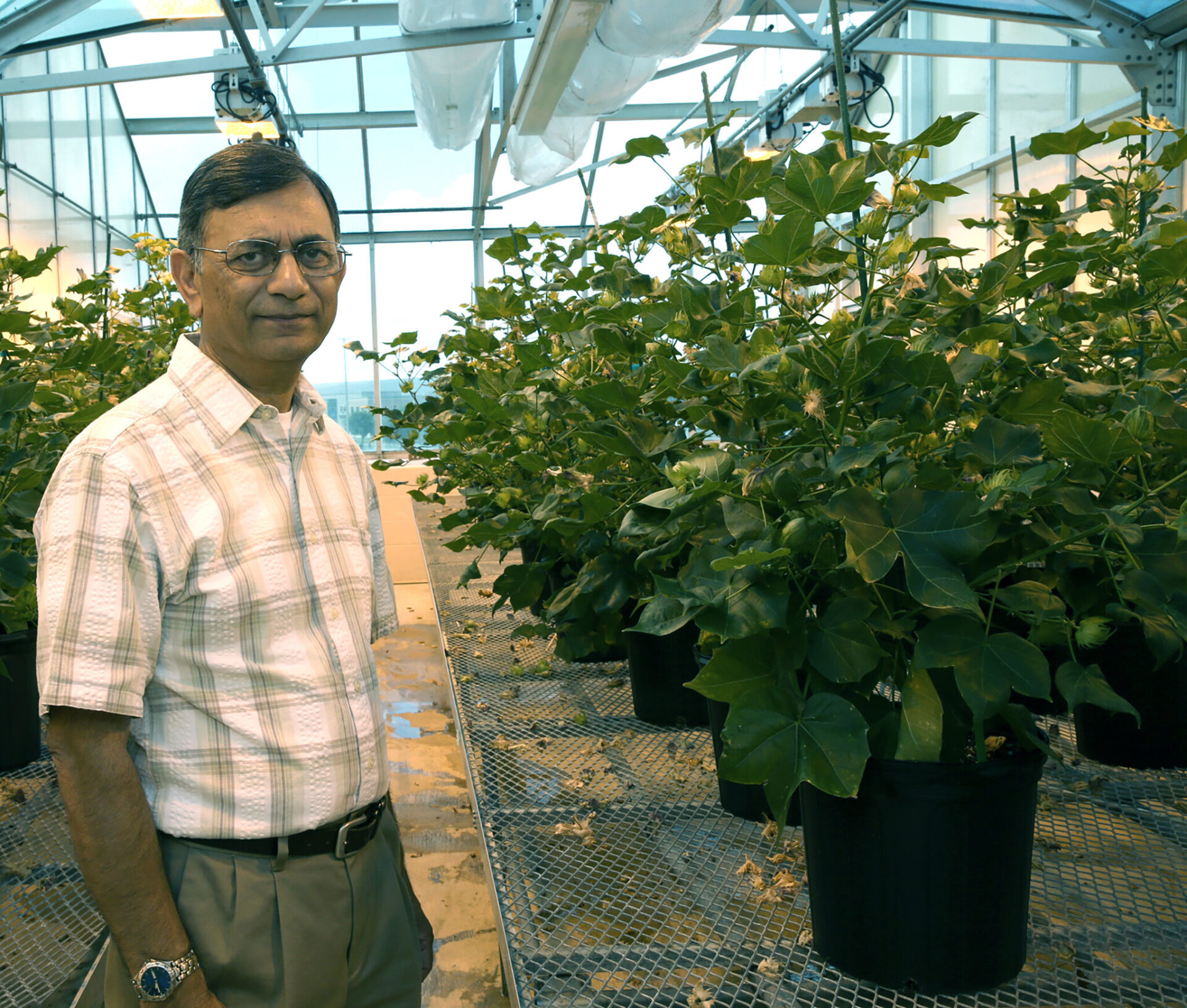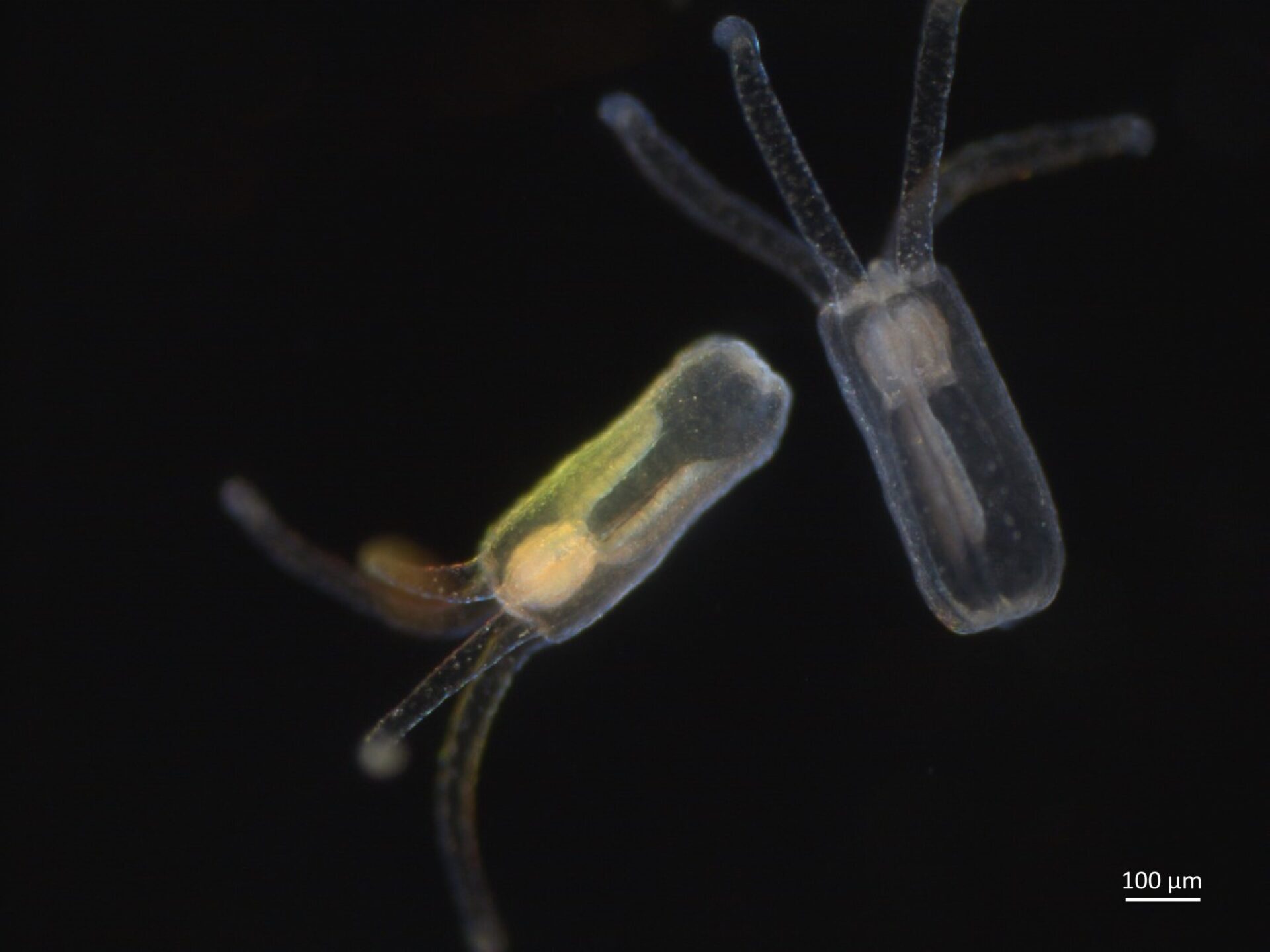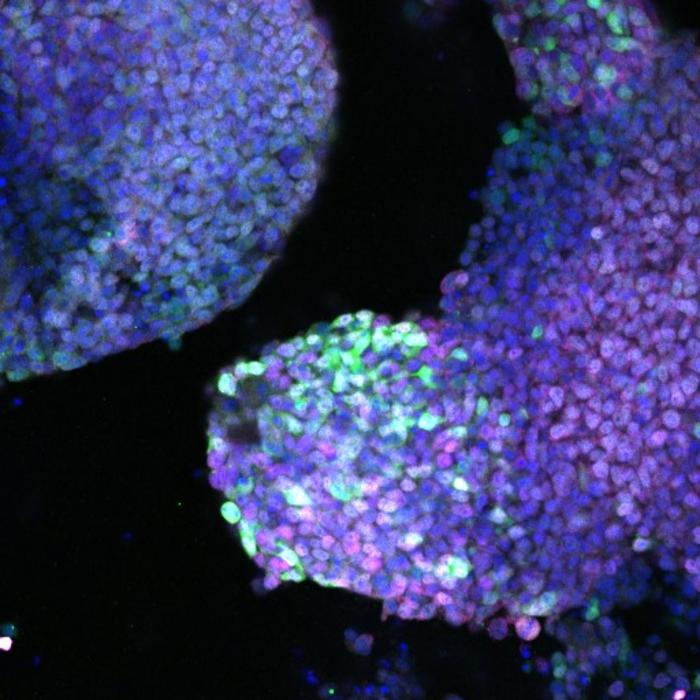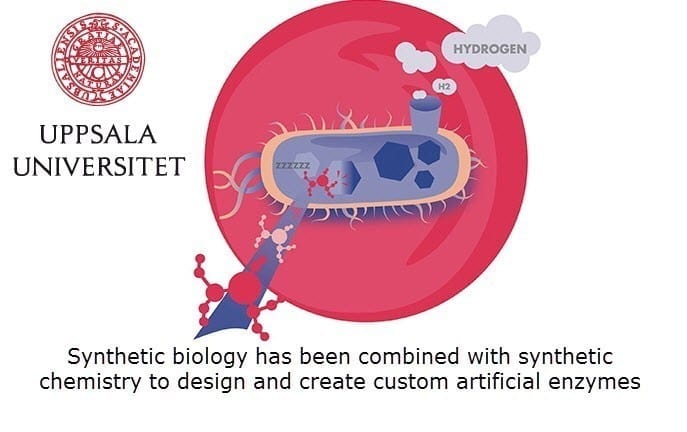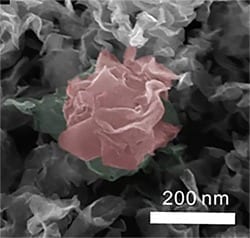
Sandia, University of California project aimed at reducing cost of hydrogen fuel cells
Replacing your everyday gas guzzler with a hydrogen fueled car could drastically reduce your carbon footprint. So why don’t we all make the switch?
One of reasons we don’t is the expensive platinum catalyst required to operate hydrogen fuel cells efficiently.
Research led by Sandia National Laboratories and the University of California, Merced aimed at bringing down the cost of hydrogen fuel cells used a dirt-cheap compound to create an uneven surface that resembles a plant’s leaves. The additional area helps catalyze hydrogen almost as efficiently as platinum.
Lead researchers Stanley Chou, a Sandia materials scientist, and UC Merced’s Vincent Tung have applied for a joint patent for the spray-printing process, which uses inexpensive molybdenum disulfide. The increased surface area of the rippling “leaf” creates three times as many catalytic contact points as other molybdenum disulfide structures, and the new creation can handle higher temperatures than platinum without sintering and gumming up the cell.
The work is part of an effort to more cheaply power hydrogen-fueled cars, desirable because they emit water rather than carbon monoxide or carbon dioxide.
Nature as an ally
The production method uses nature as an ally rather than a hindrance, Chou said. “In traditional thinking, forces such as gravity, viscosity and surface tension must be overcome to achieve the manufactured shapes you desire. We thought, instead of thinking these forces as limitations, why not use them to do something useful? So, we did.”
Tung said the method uses natural processes to produce materials for extremely inexpensive fuel cell terminals to liberate hydrogen. “The printing process also allows for continued deposition, with the ability to scale for industry,” he said.
The team mixed molybdenum disulfide with water and used the printing process to expel micron-size droplets into an enclosed area about 2 feet high. As they dropped, the droplets first separated into nanoscopic subunits. These dried further as they fell, their shrinking volume producing an uneven 3-D surface much like the leaves of plants, with tiny ridges, hills, canals, caves and tunnels. Landing on a substrate and on each other, the “leaves” were still moist enough to bond as though attached at critical points by tiny droplets of glue. Thus, the nanostructures did not lose their individuality but instead, by maintaining their identities, created tiny tunnels within and between them that permitted extraordinary access for atoms of hydrogen to seek their freedom from chemical bonds.
The inspiration for creating a bio-inspired 3-D form arose from studying the cuticle folding process, a mechanism used by plants for controlling diffusion and permeability on leaf surfaces, Chou said.
“We see our catalyst as an inorganic material acting like a plant. The nanostructures, like leaves, are varied in shape, with tiny rises and falls,” he said. “The structures take in an external material to produce hydrogen rather than oxygen, and one day may be powered by sunlight.” Right now, very low-voltage electricity does the job.
Doubts about the strength of structure formed in such a serendipitous manner, Tung recounted, were settled when a 170-pound student unwittingly trod upon one of the first molybdenum disulfide-catalyst creations when it accidentally fell to the floor. A few hundred nanometers thick, it rested upon a centimeter-square carbon substrate but was otherwise unprotected. Elecromicroscopic investigation showed the tiny structure to be undamaged. The “leaves” also have proved to be long lasting, continuing to produce hydrogen for six months.
Learn more: Superior hydrogen catalyst just grows that way
The Latest on: Hydrogen catalyst
[google_news title=”” keyword=”hydrogen catalyst” num_posts=”10″ blurb_length=”0″ show_thumb=”left”]- 4,000% boost! Eco-friendly hydrogen on the horizonon April 27, 2024 at 4:31 am
A team of researchers led by Ryuhei Nakamura at the RIKEN Center for Sustainable Resource Science (CSRS) in Japan has made significant strides in the field of sustainable hydrogen extraction. Their ...
- Custom-made catalyst leads to longer-lasting and more sustainable green hydrogen productionon April 26, 2024 at 8:50 am
Researchers led by Ryuhei Nakamura at the RIKEN Center for Sustainable Resource Science (CSRS) in Japan have improved on their green and sustainable method of extracting hydrogen from water by using a ...
- Metal swarf transformed into electrodes for hydrogen productionon April 26, 2024 at 3:39 am
Nanotextured surface of titanium and nickel waste supports platinum and cobalt atoms to create effective electrocatalysts ...
- ITRI Net Zero Day 2024 Showcases Hydrogen Innovation and Green Financing Solutionson April 25, 2024 at 8:19 pm
The Industrial Technology Research Institute (ITRI) convened the 2024 ITRI Net Zero Day in Taipei, accelerating industry's transition to net-zero emissions. The event highlighted key innovations and ...
- Hydrogen Payment Services, Co Creation Hub partner on risks for startupson April 24, 2024 at 5:00 pm
Hydrogen Payment Services and Co Creation Hub (CcHub) have partnered , to host the latest edition of the Catalyst workshop in Lagos. The discourse addressed the potential risks and opportunities for ...
- Alberta Innovates and Emissions Reduction Alberta Announce New Hydrogen Fundingon April 23, 2024 at 10:46 am
EDMONTON, Alberta, April 23, 2024 (GLOBE NEWSWIRE) -- The Government of Alberta, through Alberta Innovates and Emissions Reduction Alberta (ERA) is announcing $57 million, worth $280 million, in ...
- Catalase Market Expansion: A Close Look at the US$ 516.6 Million Forecast by 2032 | Future Market Insights Inc.on April 22, 2024 at 3:48 am
The Catalase market is witnessing substantial growth due to its pivotal role in various industries. As an essential enzyme, Catalase plays a crucial role in catalyzing the decomposition of hydrogen ...
- Organic Catalyst Discovery Could Reduce the Cost of Fuel Cellson April 17, 2024 at 2:59 pm
Atmospheric carbon dioxide levels have reached unprecedented heights, intensifying the need for clean energy solutions as alternatives to fossil fuels. One obstacle that researchers face is that curre ...
- Trash To Treasure: Researchers Turn Metal Waste Into Catalyst for Green Hydrogenon April 17, 2024 at 2:07 am
Scientists have found a way to transform metal waste into a highly efficient catalyst to make hydrogen from water, a discovery that could make hydrogen production more sustainable. ...
- Trash to treasure—Researchers turn metal waste into catalyst for hydrogenon April 16, 2024 at 12:00 pm
Scientists have found a way to transform metal waste into a highly efficient catalyst to make hydrogen from water, a discovery that could make hydrogen production more sustainable.
via Google News and Bing News

